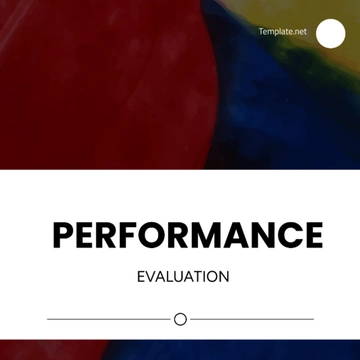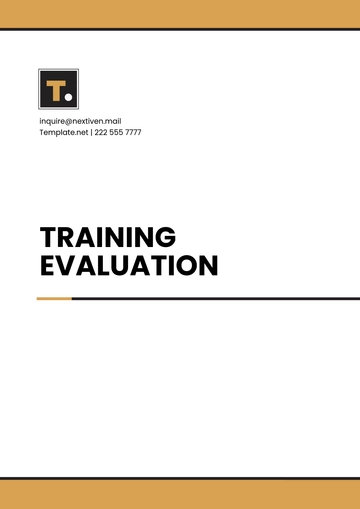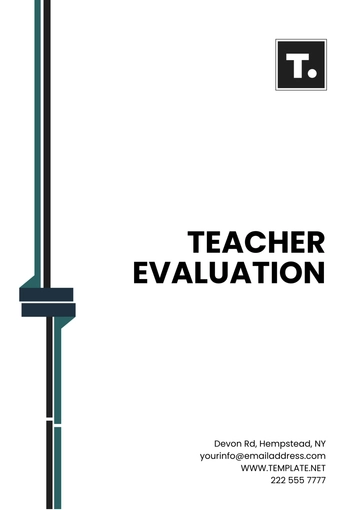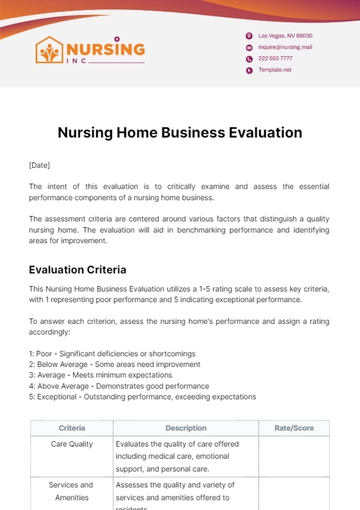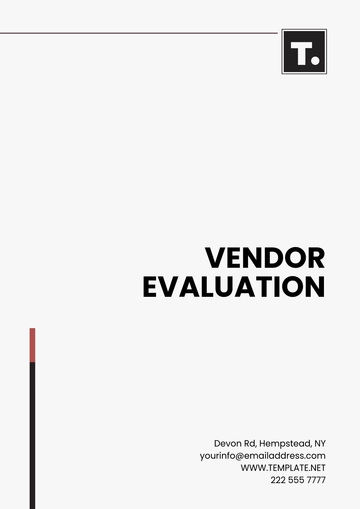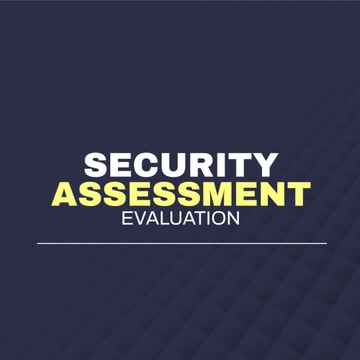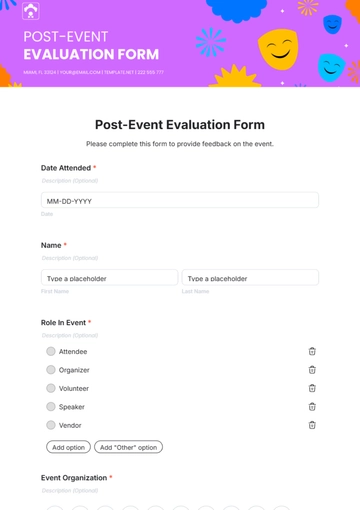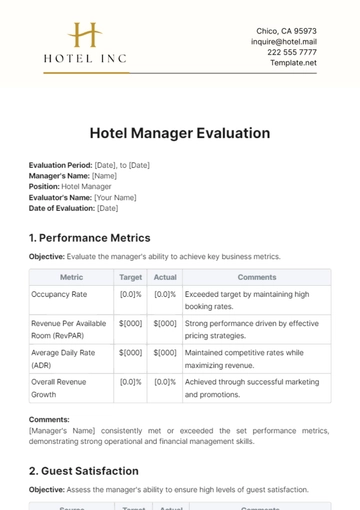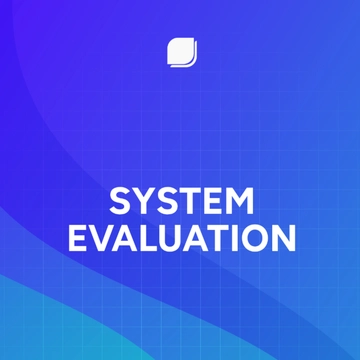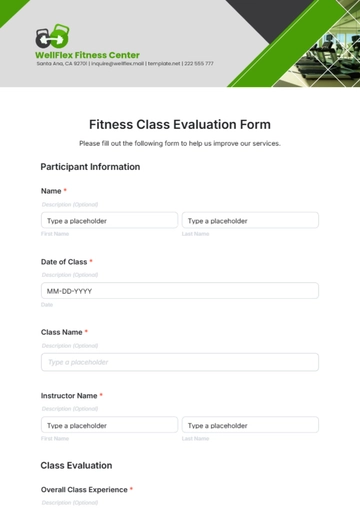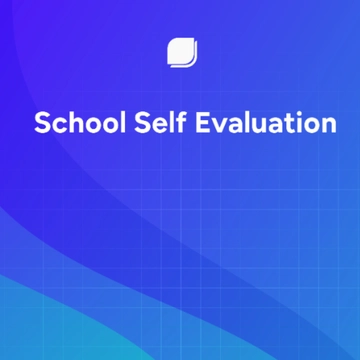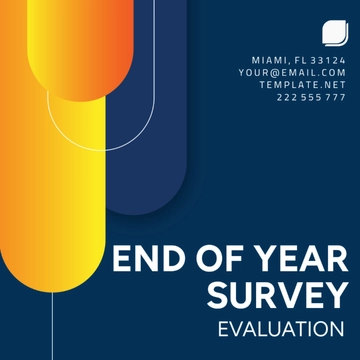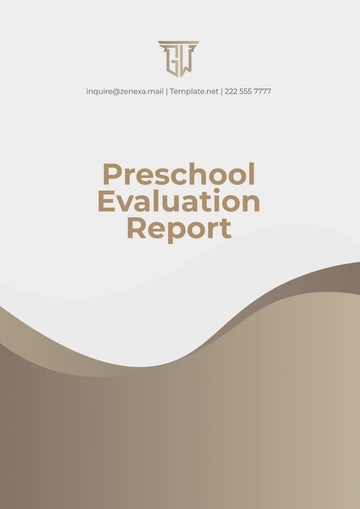Free Evaluation Policy Research Report
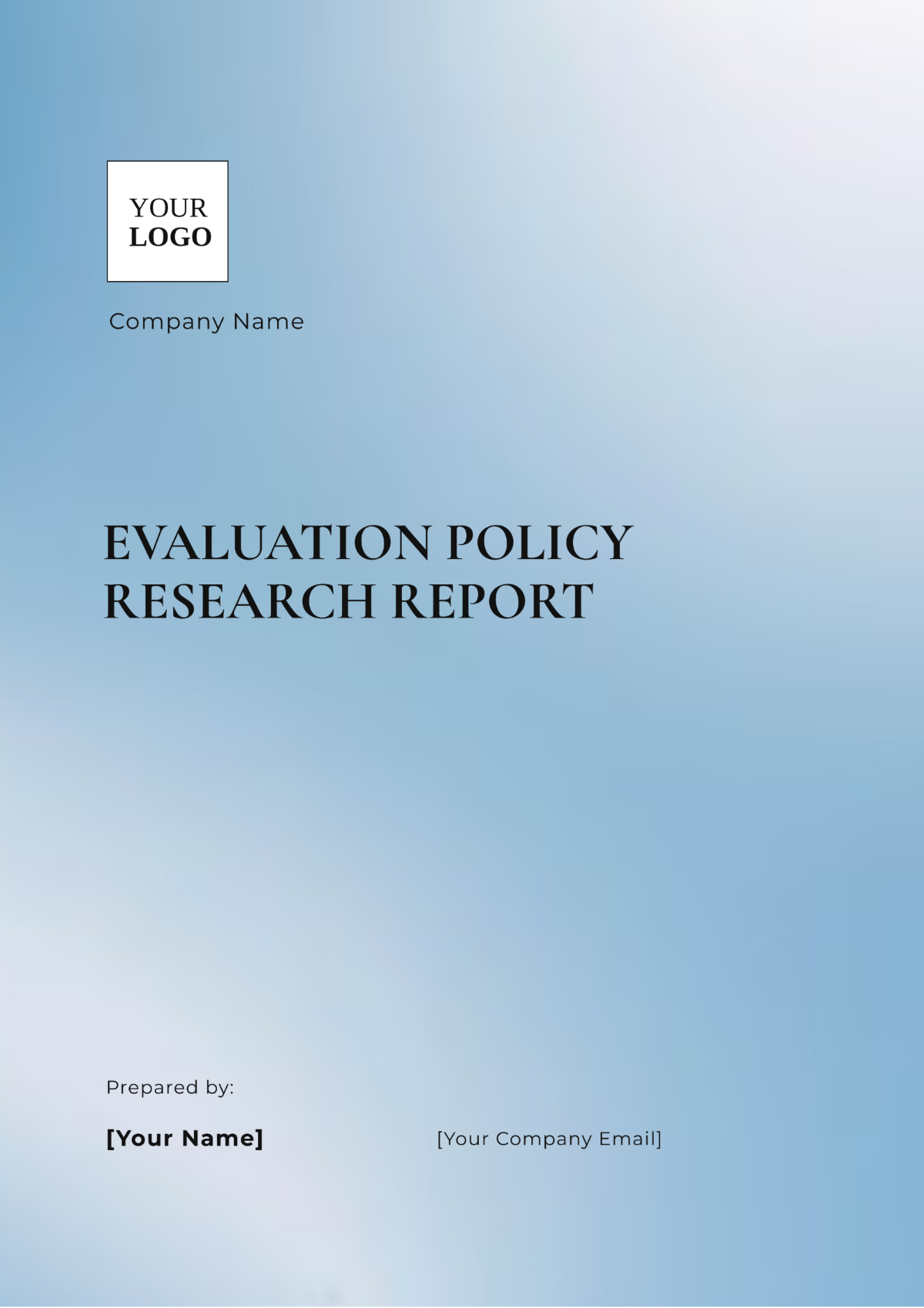
Date: July 26, 2050
Company: [YOUR COMPANY NAME]
Researcher: [YOUR NAME]
Introduction
This Evaluation Policy Research Report has been developed to provide a comprehensive assessment of existing policies and offer evidence-based recommendations for both the formulation of new policies and the modification of current ones. By leveraging thorough analysis and stakeholder feedback, this report aims to highlight strengths and areas for improvement in policy design and implementation. Our goal is to ensure that future policies are well-informed, effective, and responsive to the needs of the community.
Evaluation Summary
Objective
The core objective of this evaluation is to rigorously analyze the performance of the current set of policies, determine their effectiveness in achieving desired outcomes, and identify any areas that require enhancement. This evaluation specifically focuses on:
The impact of policies on targeted demographic groups.
The efficiency of resource allocation and program delivery.
Areas where policy goals are not being fully met or where new needs have emerged.
Methodology
This evaluation employed a mixed-methods approach to ensure a comprehensive analysis:
Quantitative Analysis: Statistical data from government reports, financial records, and program performance metrics were analyzed to gauge the effectiveness and efficiency of the policies. Key performance indicators (KPIs) were compared against benchmarks.
Qualitative Analysis: In-depth interviews and focus groups with stakeholders, including policy implementers, beneficiaries, and experts, provided insights into the qualitative aspects of policy impact and implementation challenges. Surveys were also distributed to gather broader feedback.
Data sources included:
Government Reports: Annual performance reviews, budget reports, and policy evaluations.
Survey Results: Feedback from 1,200 participants across various demographic groups.
Stakeholder Interviews: Conversations with 25 key stakeholders including policymakers, program managers, and community leaders
Key Findings
Effectiveness of Policies
Policy Area | Objective | Success Rate (%) | Identified Gaps |
|---|---|---|---|
Unemployment | Reduce unemployment by 10% | 15% | Job training and placement |
Healthcare Access | Improve access to healthcare | 80% | Mental health services |
Educational Services | Increase educational attainment | 85% | Adult education programs |
Efficiency of Resource Allocation
Program Area | Resource Allocation (%) | Efficiency Rating | Notes |
|---|---|---|---|
Administrative Ops | 10% | High | Low overhead costs |
Outreach Programs | 25% | Moderate | Underfunded and less effective |
Job Training | 30% | Low | Needs expansion and diversification |
Policy Impact on Target Groups
Target Group | Positive Impact (%) | Negative Impact (%) | Key Issues |
|---|---|---|---|
Low-Income Families | 80% | 20% | Access to digital resources |
Unemployed Youth | 60% | 40% | Job training and placement |
Elderly Population | 70% | 30% | Healthcare service adequacy |
Recommendations
Based on the findings, the following recommendations are proposed:
Policy Modification:
Enhance Job Training Programs: Expand and diversify job training services to better match the skills required in the job market. Consider partnerships with local businesses and educational institutions to provide targeted training.
Improve Administrative Efficiency: Streamline bureaucratic processes to reduce delays in program delivery and increase overall efficiency.
New Policy Development:
Digital Literacy Programs: Develop and implement new policies aimed at increasing digital literacy among underserved populations. These programs should include training workshops and access to technology resources.
Community Outreach Initiatives: Introduce new community outreach programs to better inform and engage beneficiaries about available services and opportunities.
Resource Reallocation
Program Area
Current Allocation (%)
Proposed Allocation (%)
Rationale
Outreach Programs
25%
15%
Underperforming and less effective
Job Training
30%
40%
Critical for improving employment
Digital Literacy
0%
10%
Addressing emerging needs
Conclusion
The comprehensive evaluation of existing policies highlights both successes and areas for improvement. The recommendations provided are aimed at refining current policies and developing new initiatives to address emerging needs. By implementing these changes, policymakers can enhance the effectiveness and impact of their policies, ensuring they better serve the community and achieve desired outcomes.
Contact Information
For further information or inquiries, please contact:
Researcher: [YOUR NAME]
Email: [YOUR EMAIL]
Company: [YOUR COMPANY NAME]
Phone Number: [YOUR COMPANY NUMBER]
Address: [YOUR COMPANY ADDRESS]
Website: [YOUR COMPANY WEBSITE]
Social Media: [YOUR COMPANY SOCIAL MEDIA]
- 100% Customizable, free editor
- Access 1 Million+ Templates, photo’s & graphics
- Download or share as a template
- Click and replace photos, graphics, text, backgrounds
- Resize, crop, AI write & more
- Access advanced editor
The Evaluation Policy Research Report Template from Template.net offers a comprehensive and customizable solution for creating detailed reports. Designed with an editable format, this template streamlines the report-writing process, ensuring efficiency and accuracy. Utilize the AI Editor Tool for seamless adjustments and enhancements, making it easy to tailor the report to your needs.

